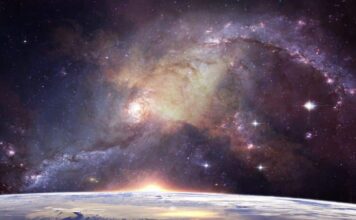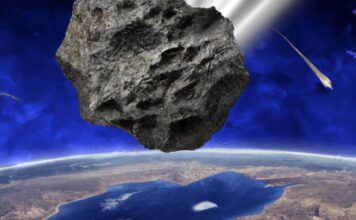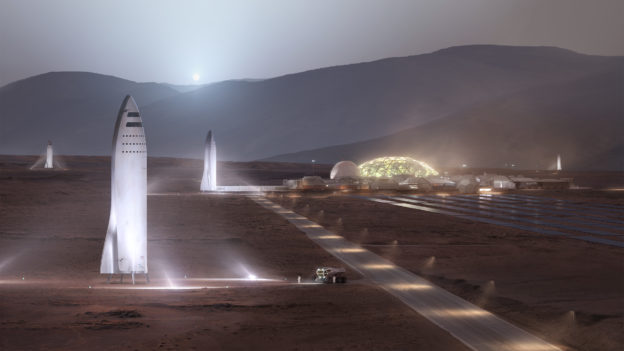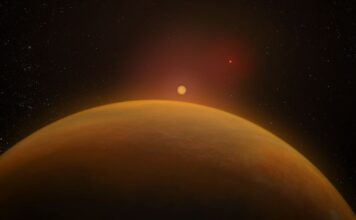The solar system contains planets of various characteristics, but lacks water planets that are almost completely covered by deep oceans.
Recently, astronomers analyzed data from the Hubble Space Telescope and the Spitzer Space Telescope and found that the exoplanets named Kepler-138c and Kepler-138d are more than 50% water in mass.
Judging from the density and size of the planets, the surfaces of these two planets are covered by at least 2,000 kilometers of ocean.
Since astronomers began cataloging planets around other stars, the solar system has been found to lack other common planet types in the universe, such as super-Earths, mini-Neptunes, hot Jupiters, etc., as well as some hypothetical exoplanet types, such as bottomless oceans water world.
As the name suggests, these planets may be covered by deep oceans, with rocky or icy cores beneath the oceans.
It’s just that these waters may also form exotic materials such as “hot ice” or “superfluid” under high temperature and pressure, which are completely different from the water known in daily life.
Although current telescope technology cannot directly observe the surface of exoplanets, by analyzing the density, we can know whether the planetary composition is mainly rocky or gas-heavy.
Recently, a team from the University of Montreal in Canada used data from the Hubble Space Telescope and the Spitzer Space Telescope to build a model.
Comparing the sizes and masses of the two exoplanets Kepler-138c and Kepler-138d orbiting the red dwarf star Kepler-138.
They were found to be made of materials lighter than rock but heavier than hydrogen or helium, and the strongest candidate was water.
The volume of Kepler-138c and Kepler-138d is more than three times that of the earth, and the mass is only twice that of the earth, which means that the density is much lower than that of the earth.
If they are indeed mostly composed of water molecules, they may account for more than half the planet’s mass (compared to only 0.02% of the Earth’s total mass in water), covered by an ocean about 2,000 kilometers deep.
But their surface temperatures could also be higher than the boiling point of water, and researchers expect them to have a dense atmosphere of vapor.
Below the vapor there may be liquid water at high pressure or another phase, called a supercritical fluid.
As instruments and techniques become more sensitive, we may start to discover more water worlds like Kepler-138c and Kepler-138d.
The new paper was published in the journal Nature Astronomy.




